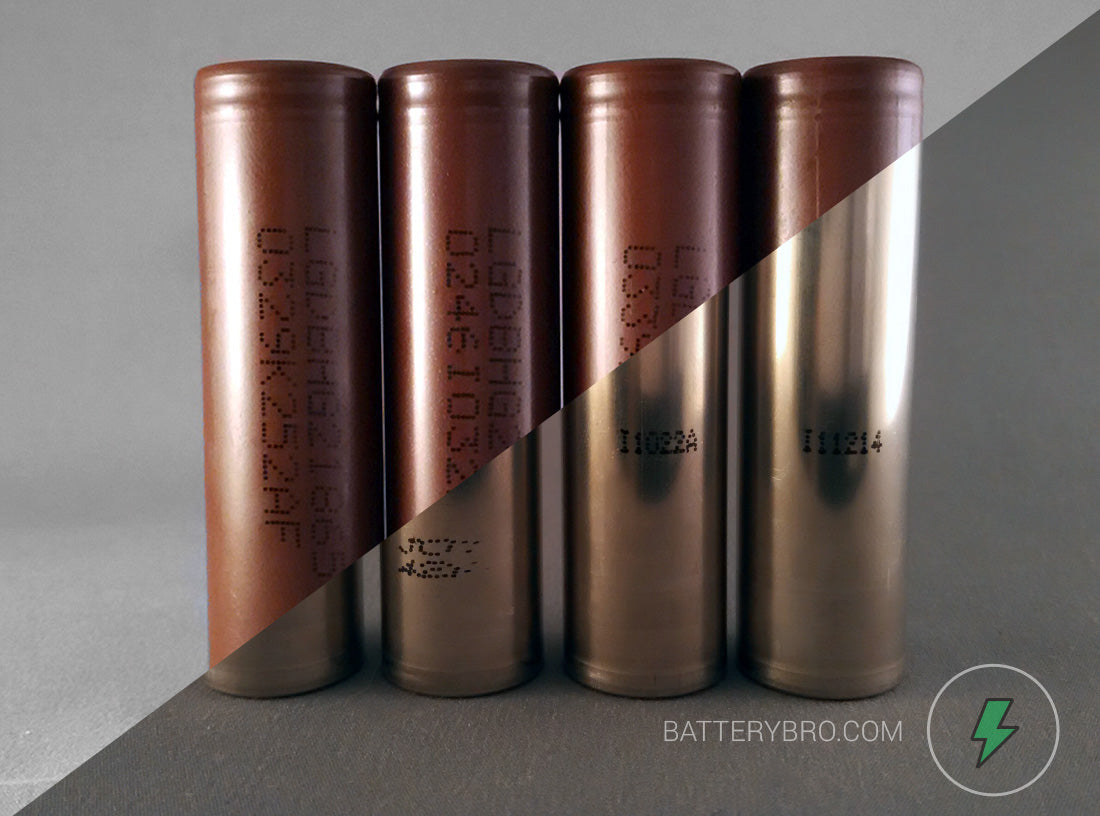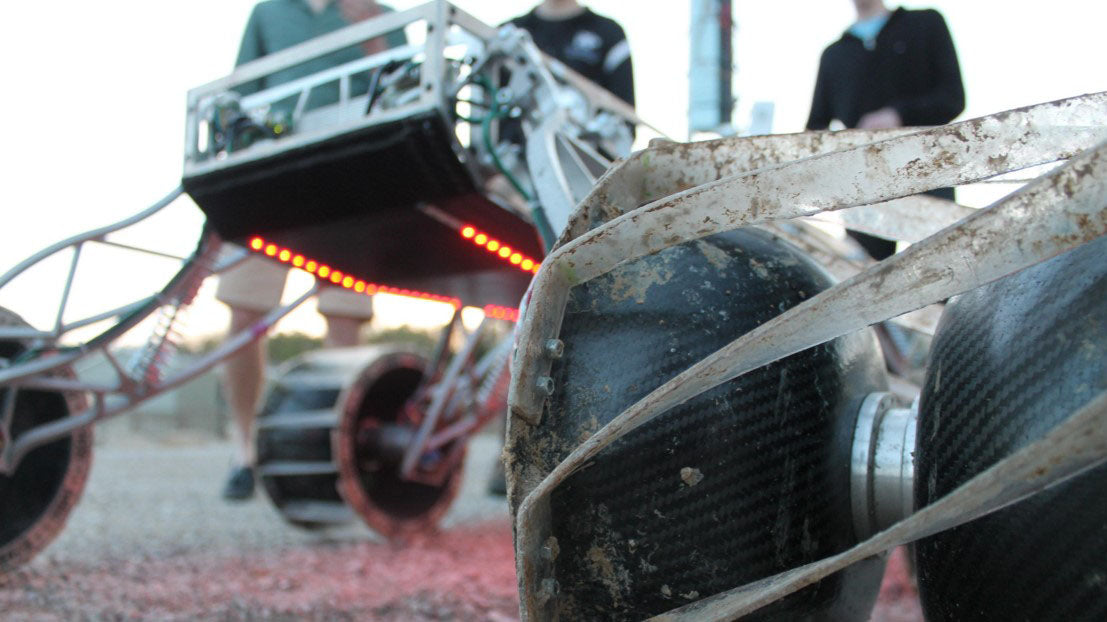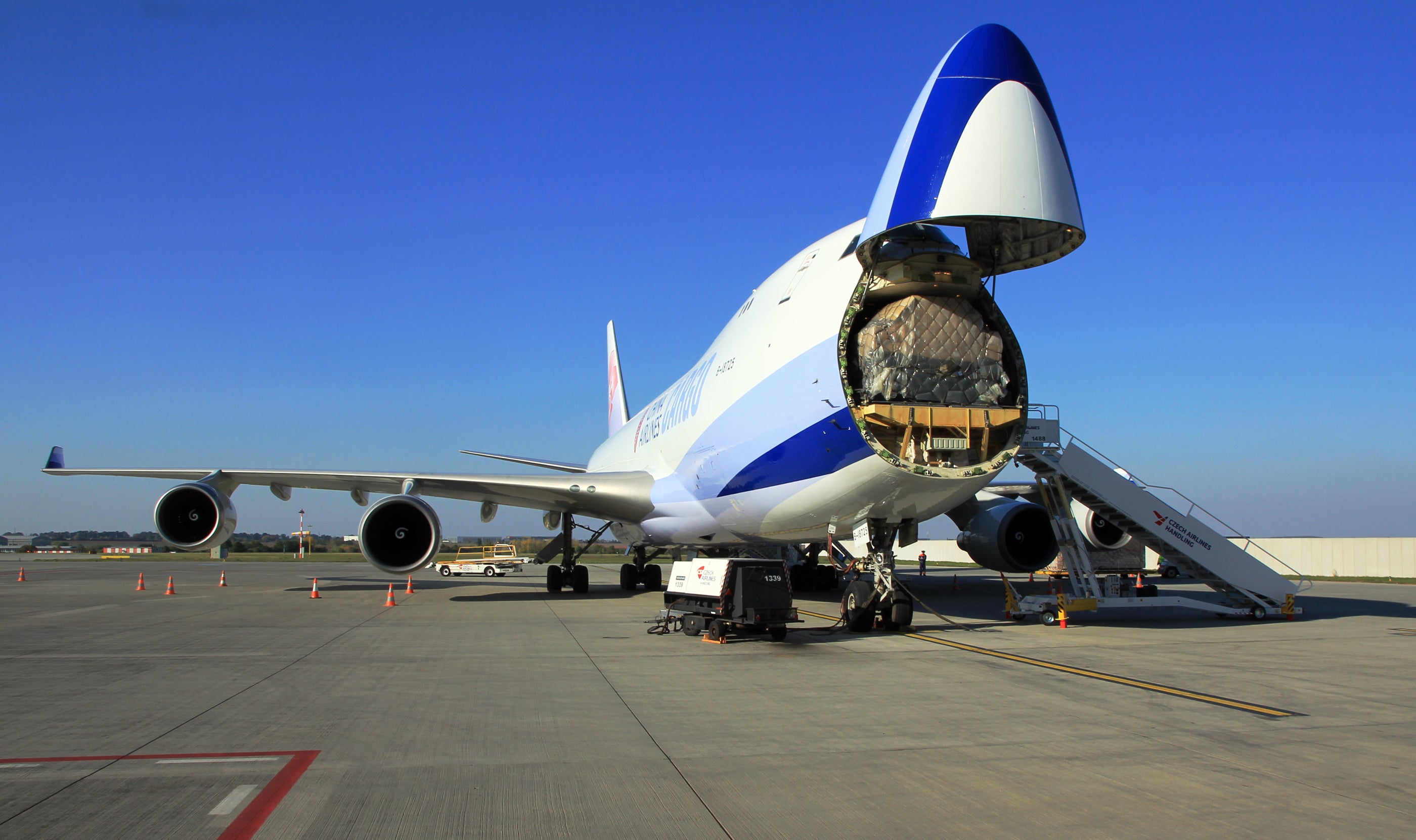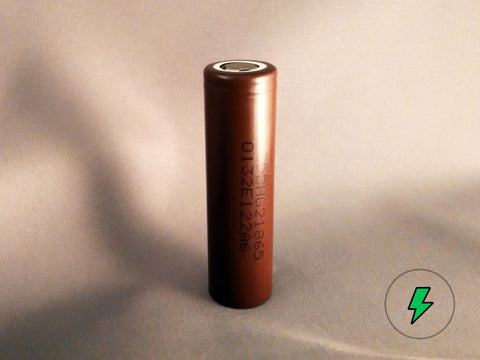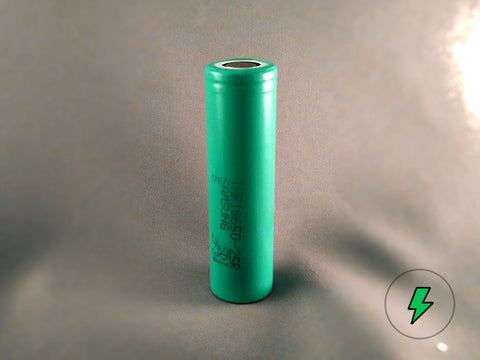Lithium-ion news last week: Shipping Rules, Tesla Chemistry, and Mars Batteries July 30 2015, 0 Comments
Boeing aircraft factory
Boeing officially says no more lithium-ion batteries on-board passenger planes
For this week in lithium-ion news I want to highlight the three stories I think are the most interesting. Battery technology is part of a complicated system with far reaching complexities. One critical component, is shipping them. As many people in the industry know - shipping lithium-ion batteries is by far the most difficult and most dangerous legal good to ship in the world. That’s right, your beloved batteries are savages unfit for airplanes - more dangerous than ammunition and fireworks combined. They are thought to have brought down passenger planes which have taken hundreds of innocent passenger lives in recent years. Is it all bad though? Isn’t there a better way?
Earlier this week Boeing released some statements about shipping li-ion batteries - and some of the information is not old and rehashed. The rehash goes like this - shipping lithium ion batteries on passenger planes is dangerous. Especially bulk batteries, as they can cause extremely hot lithium fires and thermal run-away events (a chain-reaction of lithium-ion batteries overheating).
What is new about the message is that for the first time, Boeing has formally urged every airline in the world to stop bulk battery shipments of lithium-ion batteries on-board passenger planes. Enough time has passed and substantial evidence has been collected - so large airliners like Boeing have realized such a danger is bad for their industry and airline.
They are pushing for more thorough safety standards, which includes some kind of protective packaging which can stop lithium fires. The equipment must be able to withstand thermal runaway events which yield really hot fires (an excess of 500 degrees Celsius ignites such an event) and a change in the chemical nature of the atmosphere within the plane's cargo hold.
On the other hand, the PRBA (Rechargeable Battery Association) agrees with Boeing but notes, that in the last 25 years no properly labeled and packaged lithium battery shipment has gone awry. They apparently do not know of a single incident where a li-ion battery malfunctioned on board an aircraft when it was put there under the proper protocols.
If this were entirely the case, airlines might not need better fire suppression systems - they just need stricter rules for their transport. In my own experience lithium-ion batteries are already extremely regulated and hard to ship. Offending countries such as mainland China have much looser shipment rules (people always seem to look the other way) as opposed to a port like Hong Kong where everything is done according to the books. More scrutiny should surely be payed to countries where the rule of law is more relaxed. Having said that - many readers including myself know the solution here is not in the books. Cultures with more relaxed attitudes towards things like packaging safety will almost certainly always offend. And then, it comes back to what Boeing said. The only sure-fire way of protection is to regulate - no more lithium-ion batteries on-board passenger planes until they can adequately suppress the fire if things go wrong.
Regardless of the solution, the aviation board will review this case in a few months and if a solution hasn’t been found (it very much certainly might not be, as the tooling is so expensive and putting out lithium fires is difficult) then the industry will be forced to only use cargo planes and sea freight. For consumers it might mean more restrictions, however the rulings will likely only affect bulk battery shipments in the thousands.

All hail Saft - maker of the best space batteries
Battery Bro respects Saft, because they make some of the world’s best lithium-ion batteries. So good in fact that many are exclusively for use in space - on satellites, probes, and even rovers.
Space geeks might rejoice knowing that the ExoMars project is well underway and Saft was just awarded about a million dollars to test lithium-ion batteries for their use on the next Mars rover.
But first, let’s talk more about what exactly ExoMars is so we can understand the rover more. ExoMars stands for Exobiology on Mars, which is a partnership between the European and Russian space agencies to explore life on mars, in particular to find biosignatures of past or present life on the red planet. Thus it is classified as an astrobiological mission and its chief explorer - the rover will be launched in 2018 on a Russian heavy lift Proton launch vehicle (UR-500).
The mission includes satellites and other things of this nature to prepare for the rover launch. But the rover is the bread-and-butter as it gives us the closest thing to the capabilities of a human scientist on the planet’s surface. The rover is going to have something called a “Pasteur analytic laboratory” for checking out potential life, as well as a suite of tools like rock drills and so forth. Like with other missions, there is a good chance of luck - and likely the landing site selection will be the determiner for finding life.

This is a render of the rover that will use lithium-ion batteries from Saft
Powering the rover
To do all this, it needs a source of power. Like many things in space, the rover will use solar panels instead of a nuclear reactor. This choice is usually for safety concerns - because if the Proton rocket fails and explodes in Earth’s upper atmosphere the radiation fallout could be potentially lethal. So we stick with solar.
In this case the rover will get 1200 Wh of working power and 1142 Wh in nominal battery capacity - which is enough to allow the rover to run continuously and uninterrupted throughout the dark nights on Mars. The cell of choice right now is the Saft MP 176065 integrated xtd cells.
Any battery fit for a Mars rover in 2015 has interesting specifications. To look at the cell’s spec sheet please visit this link (http://wamtechnik.pl/files/specs/839.pdf).
Here are some quick specs for your reference:
- Cell size: 18650 (Per cell)
- Capacity: 5.6 Ah (This is at a drain of 5 C, a temperature of 25°C, and a 2.5 V cut-off)
- Voltage: 3.65 V (Charging voltage: 4.20V)
- Energy: 20.4 Wh
- Maximum continuous discharge current: 11A (~2C)
- Maximum pulse discharge current: 22A (~4C)
But these are not ordinary 18650 batteries, Saft custom makes them for space so there are certain features that make them ideal.
For example, let’s look at some of this battery’s key features:
- Lightweight (the case is made out of aluminum instead of steel! This is very rare but makes a big difference in weight.)
- Operation temperature up to 85 degrees Celsius. Note: Normal 18650 batteries can and do operate at this temperature well however they are rated and thus recommended at or less than 70 degrees most of the time.
- Operation temperature down to -40°C. This is a much more impressive stat and is necessary on those cool nights on Mars. Actually the temperature on Mars is more extreme than most people realize. In winter, near the poles it can drop to -125°C and can regularly drop to -70°C anywhere on the planet. As perhaps the most hopeful place to find life is in the frozen water on the poles, things get tricky when maximizing for potential. Obviously the Saft battery has a conflict here as it is not currently rated for such a low temperature. This is actually an extremely difficult problem to overcome and takes a special mix of chemistry knowledge and prowess to come up with a composition for the battery that won’t degrade at such low temperatures. However, Saft has done it before on previous missions so I suspect the battery housing is kept at a steady temperature (all other electronics probably included).
And while each cell is technically an 18650, the whole battery (pack) has features particular to its mission to Mars. That includes mechanical and electrically integrated battery management systems (BMS).
They also market the 176065 battery as longer lasting. However there is no indication of that on the spec sheet. If the life cycle is similar to other 18650 batteries, it may be limited to less than 500 cycles (at 80% capacity) but continuing past this performance mark it will likely last thousands of cycles. Each cycle might translate to a night on Mars, so a battery system using lithium-ion on the rover will probably last years. Some chemistries can easily last ten times as long, so rating them for ten years or more by my speculation is not far-fetched.

Elon Musk is upgrading his battery chemistry with silicon
I think at this point, people will just write about Elon Musk and it doesn’t matter what about necessarily - it will get attention. Regardless of the perhaps over-saturation of articles about one guy - they continue to be quite interesting. Especially for people like us at Battery Bro that are interested in such things as lithium-ion batteries.
The new Tesla model S is being framed with phrases like “ludicrous speed”. And well, it’s true the latest batteries are really fast, and can last even longer.
The main cause of this transformation is the inclusion of silicon into the battery anode. You might be spitting coffee all over the screen if you are a proclaimed battery guru. You know many 18650 batteries already have had silicone in them - and it’s true. You can find the papers and supporting theory just by searching Google. However it seems this particular element is a little bit special. And Tesla plans to include more and more of it in the anode to replace the currently popular graphite.
It is also supposedly the first time a lithium-ion battery with a silicon-based anode has been used in an electric car, or at least a mass-market one. So in this sense it is a little game-changing. If it’s not the end result that people will admire, it’s the process to arrive there. Can you think of any other automobile company at the fringe of battery science? Not really, and that’s what makes Tesla so unique.
So what’s special about a silicon anode? Why choose silicon over graphite anyway?
- Graphite anodes can store one lithium atom for every six carbon atoms.
- Silicon anodes can store more than four lithium atoms for every one silicon atom.
So, do the math. Silicon must be the solution, there is no other way. Stick with graphite and you have to deal with the obvious disadvantage. It is a bottoms-up approach to fundamental physics. For the added amount of lithium ions the silicon can store, a single battery would be able to transfer far more lithium between anode and cathode. Simply speaking, that translates to a higher capacity.
There are problems though, and some interesting things still need to be overcome. My favorite is the “swelling” problem. That is, when lithium ions shuttle into the silicon anode, the silicon gets fat - four times its normal size. When this happens, the battery will immediately die. It will shatter, and that’s that.
The second disadvantage to such an anode is that after all is said and done, it works down to only about a 10% increase in overall performance (non-linear increase in performance). So it is a lot of small gains and tweaks, over years, that will really make a difference to electric vehicles. This is just one of many.


